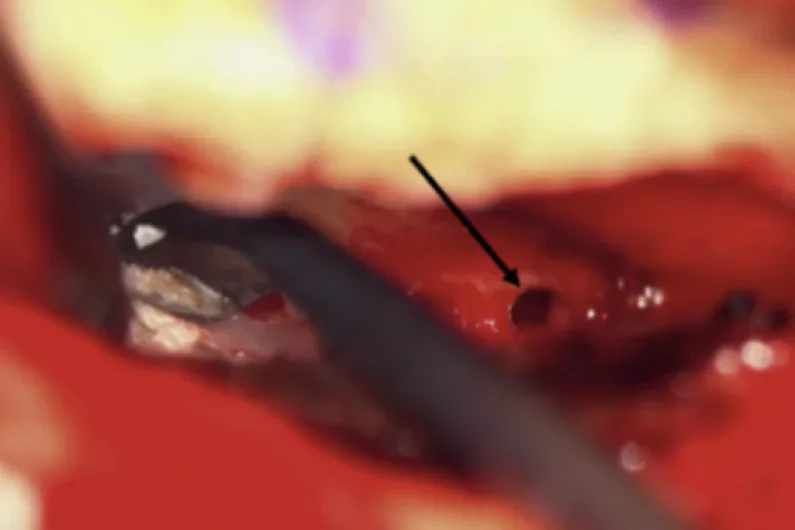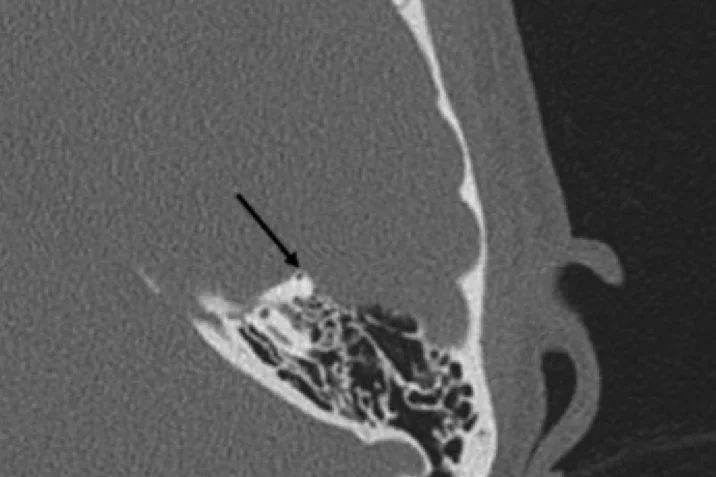Superior Semicircular Canal Dehiscence
(SSCD)
About SSCD
SSCD is an increasingly recognized neurological condition in which the bone between the superior semicircular canal and the intracranial cavity is either thinned or missing, creating a third mobile window. Typically, sound is conducted from the middle ear through the fluid-filled inner ear via the oval and round mobile windows. In SSCD, the formation of a third window results in the transfer of mechanical energy away from the round window, to said third window.
SSCD can present as a bilateral or unilateral syndrome. Patients with SSCD commonly present with tinnitus, hearing loss, hyperacusis, internal sound amplification, vertigo, and dizziness. Patients may also present with nystagmus induced by pressure or sound changes. Diagnosis of SSCD is confirmed using a combination of physical examination, physiological testing such as Cervical and Ocular Vestibular Evoked Myogenic Potential (VEMP) testing; in conjunction with temporal bone high resolution computed tomography (CT) imaging to visualize the defect.
Conservative treatment of SSCD involves trigger avoidance and vestibular sedation. For patients with exacerbated, worsening, or debilitating symptoms, surgical management is indicated.
Our lab focuses on improving surgical technique and patient outcomes along with exploring the etiological factors which drive the development and progression of SSCD. Working in close collaboration with Dr. Quinton Gopen, an otolaryngologist, our previous work has assessed the efficacy of middle cranial fossa surgical approach, the association between metabolic markers and SSCD symptoms, and differences in outcome between bilateral and unilateral SSCD patients.
Images

Intraoperative minimally invasive middle fossa craniotomy exposure of the superior semicurcular canal. The arrow indicates the dehiscence.
Mozaffari, K. et al. Superior semicurcular canal dehiscence revison survery outcomes: a single institution's experience. World neurosurgery 156 (2021) e408-e414

High-resolution computed tomography, which demonstates dehiscence of the left superior semicircular canal
Mozaffari, K. et al. Superior semicurcular canal dehiscence revison survery outcomes: a single institution's experience. World neurosurgery 156 (2021) e408-e414